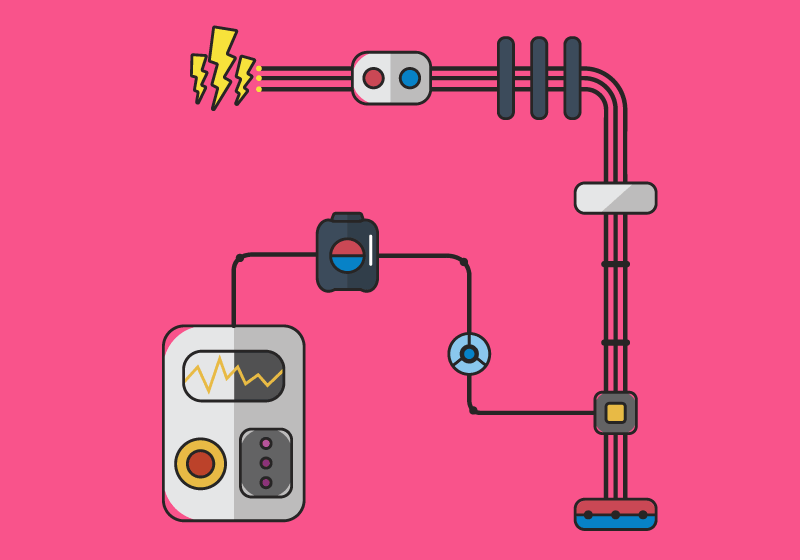Density
Density is a measure of how compact the particles are in a substance. Density is defined as the mass per unit volume.
What is Density
Density is a measure of how compact the particles are in a substance. Density is defined as the mass per unit volume. It is mathematically defined as mass divided by volume: ρ = m/V. The density(ρ) of a substance is the total mass (m) of that substance divided by the total volume (V) Of the substance.
Density equation
To calculate Density we use this equation.
${\rho} = {\text{m} \over\text{V}}$
Density demo
In this tutorial you will learn how to calculate the density of different substances.
Chilled practice question
A block has a mass of 20 Kg and a volume of 0.25 m3. Calculate its density.
Frozen practice question
A barrel has a mass of 2500 g and a density of 2 Kg/m3. Calculate the barrels volume.
Science in context
Density is a measure of how compact the particles are in a substance.
Millie’s Master Methods
Millie’s Magic Triangle
The ability to rearrange equations is the first step to successfully solve Physics calculations. Millie’s…
Calculation Master Method
Performing and mastering this routine will guarantee you maximum marks when solving Physics calculations. Calculation…
The Fridge Physics Store
Teacher Fast Feedback
Feedback to students in seconds – Voice to label thermal bluetooth technology…
Get Fridge Physics Merch
Why not buy a Fridge Physics baseball cap, woollen beanie, hoodie or polo shirt, all colours and sizes available. Free delivery to anywhere in the UK!…













